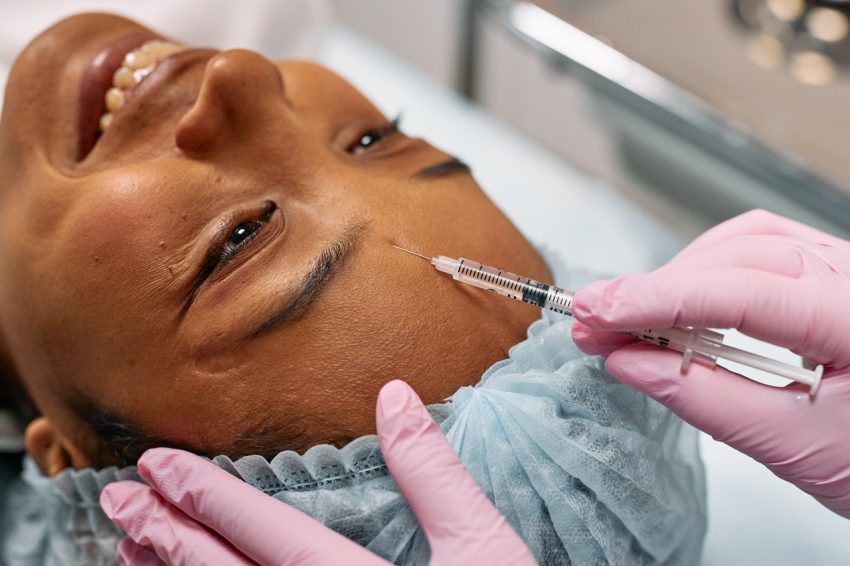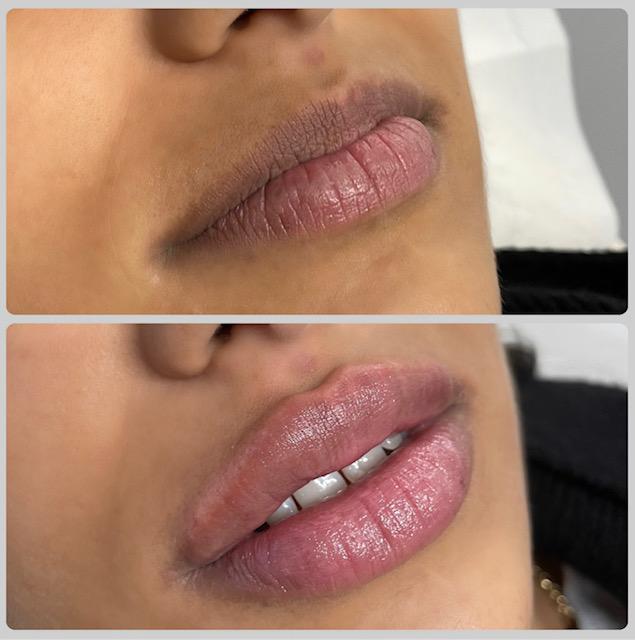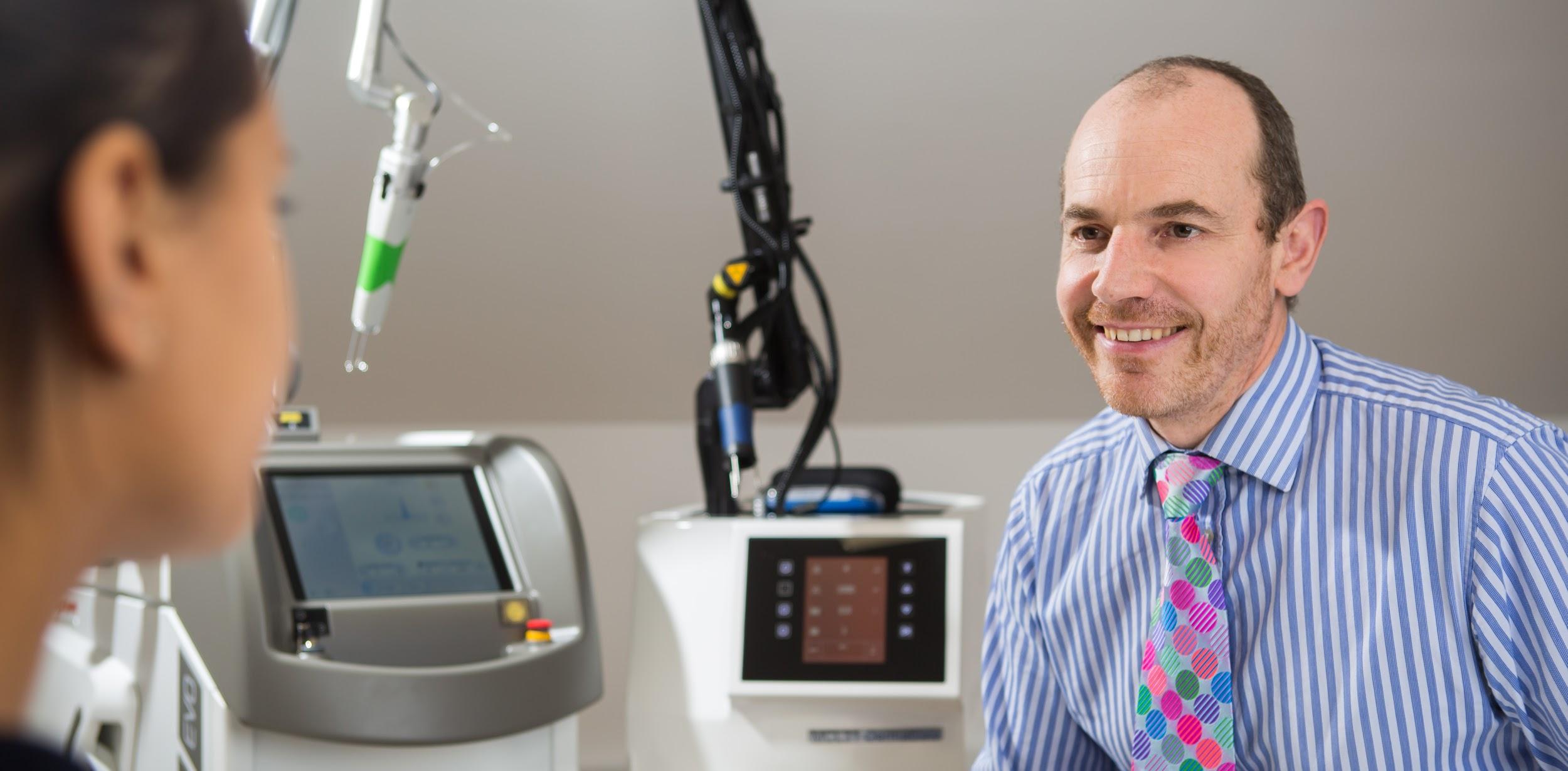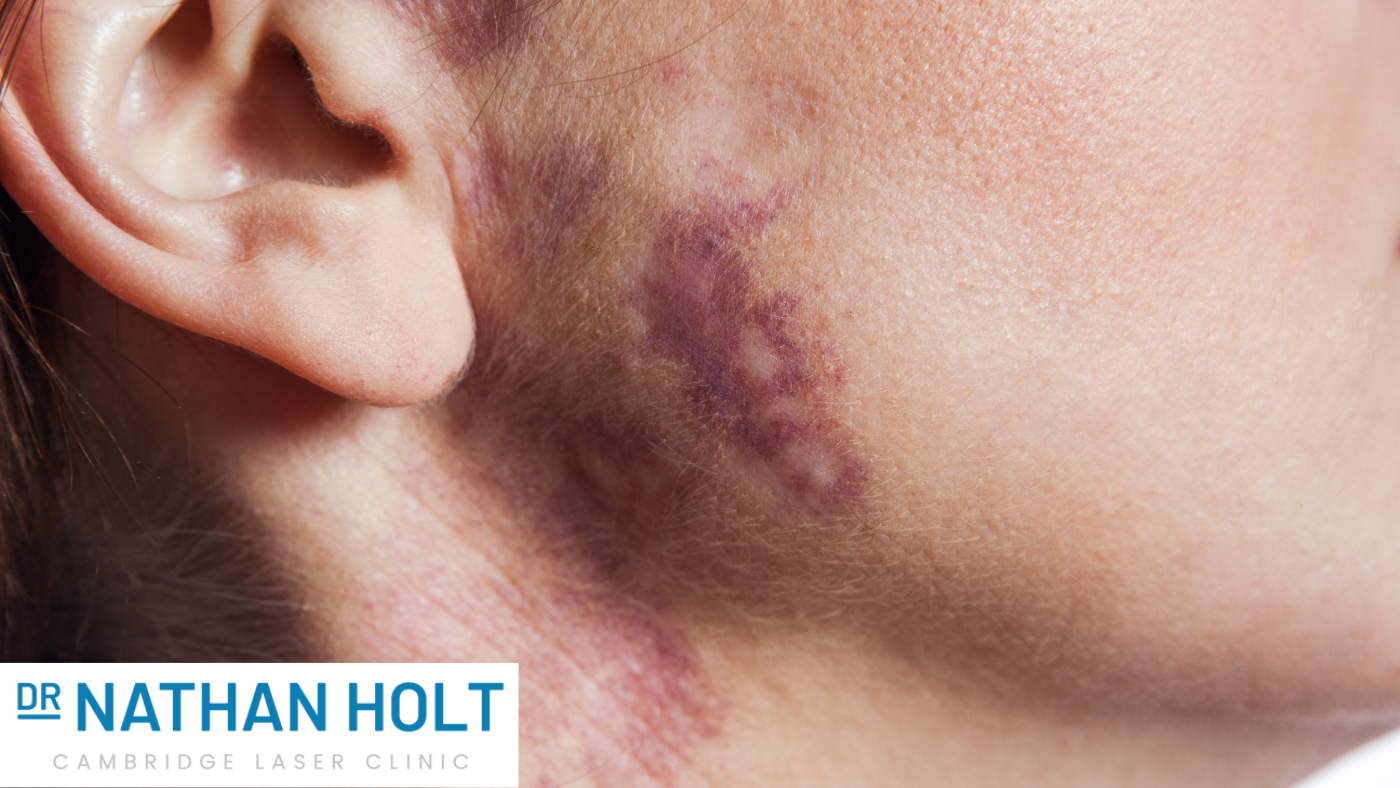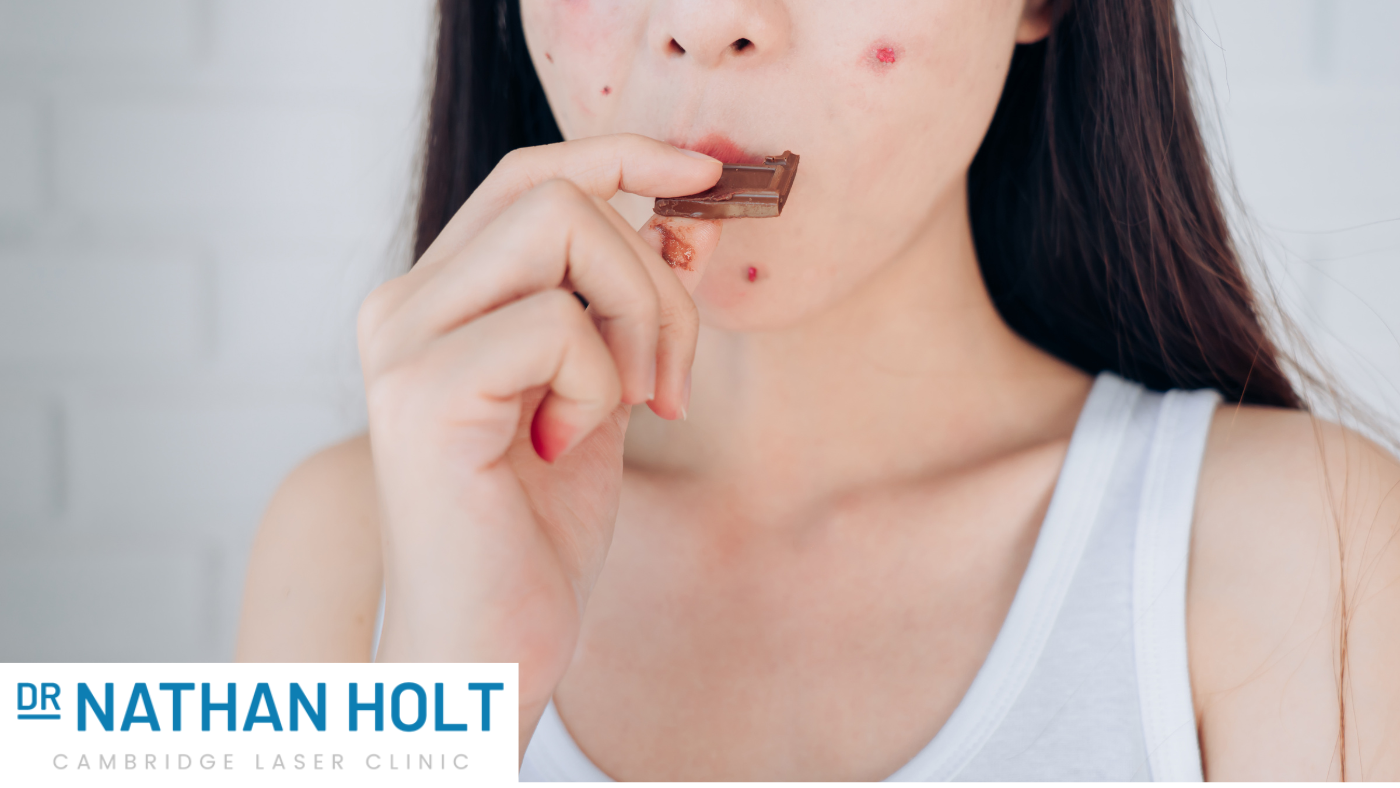Rosacea, a chronic skin condition characterised by facial redness, swelling, and visible blood vessels, can…

Are Dermal Fillers Better Than Botox in 2022?
Few sights are more unwelcome than new wrinkles on your face. Thankfully, we live in a time where there are more remedies for facial lines and blemishes than ever before. If you’re in the market for wrinkle treatment, you might wonder how dermal fillers and Botox stack up against each other.
Neither dermal filler nor Botox is overall superior to the other. Botox treats the dynamic wrinkles in your upper face, while filler adds volume to skin and scars to smooth them.
Dermal fillers usually last longer, but you can use both of them together to treat wrinkles and blemishes.
Overview of Dermal Fillers vs Botox
So, which is better between dermal fillers and Botox?
As it turns out, you might as well be comparing apples to oranges. While the injectables treat similar issues, they also have different purposes. Neither one is overall better than the other.
However, one might be better for you than the other depending on your situation.
Botox is a drug derived from the same bacteria that causes botulism. However, Botox is safe to use in the treatment of migraines and wrinkles. It works by essentially freezing facial muscles so they can’t wrinkle your face.
In contrast to freezing muscles, dermal fillers add volume and plumpness to your skin. They’re better for treating wrinkles in the soft part of the face near your mouth. They can also reduce scars and wrinkles on hands.
There are different kinds of fillers for the various types and locations of skin issues. And dermal fillers often last significantly longer than Botox depending on which kind you use.
Both wrinkle-removing options treat particular issues more effectively than the other. So, using them together can often produce the best results.
Next, let’s look at the specifics so you can choose the best wrinkle treatment for you.
What Botox Is Good For
Botox is most often associated with removing wrinkles around the eyes. However, there are other uses for this injection.
And you may be surprised to learn not all of them have to do with smoothing skin.
Here are the problems Botox is best at treating:
- Crow’s feet and glabellar lines
- Forehead wrinkles and lines
- Bunny lines
- Lazy eye and other facial asymmetries
- Muscle contraction from conditions like cerebral palsy
- Eye twitches
- Chronic migraines
As you can see, Botox isn’t just a way to remove signs of ageing on your skin. It can treat a myriad of health conditions and relieve chronic pain.
And unlike dermal filler, Botox can also help you with muscle-related issues like lazy eye.
As a result, Botox brings confidence and relief to the millions of people who use it.
Side Effects of Botox
Despite coming from a toxin, Botox is quite safe.
Research has shown that accredited plastic surgery centres hold stellar track records of safe and successful operations using it.
However, nothing is without risk. And you should always pay attention to what you put into your body.
Here are some of the possible side effects of Botox:
- Droopy or cocked eyebrows
- Headaches
- Bruising around the injection site
- Crooked smile
- Drooling
- Long-term muscle weakening, skin stretching
Thankfully, most of the side effects of Botox for facial use are mild and temporary. However, keep in mind there are some long-term consequences.
Regular Botox injections can weaken your facial muscles over the course of years. Other nearby muscles may then activate when you make expressions, creating new wrinkles as a result.
Long-term Botox use might also make skin appear stretched or thin without recent treatment. In other words, Botox over time can actually cause you more skin problems, if not used with caution.
What Dermal Fillers Are Good For
Compared to Botox, dermal filler is much more specialised for cosmetic use.
While it can’t cure your migraines, fillers can remove many wrinkles that Botox can’t. It’s especially good at fighting marks of ageing in the softer parts of the face.
Below is a list of the things that filler can help you with:
- Smile lines (also known as “laugh lines”)
- Tear trough wrinkles
- Acne scars
- Chin distress and dimpling
- Lipstick lines (lines around and leading to the lips)
- Marionette lines
- Scars and depressions on the back of hands
- Adding volume to lips, cheeks, and chin
Types of Dermal Filler
Dermal fillers also come in several common varieties, each with its own specialised uses.
When you get fillers, your doctor may ask what your preference is. By knowing the differences, you’ll get the best results.
Plus, it’s good to know with what you’re getting injected.
Here are a few of the most common types of filler:
- Hyaluronic Acid – Hyaluronic Acid is naturally found inside your body. It’s excellent for reducing depressions in the skin, such as from acne scars. This substance can also improve your skin’s contours. It typically lasts from 6 to 18 months.
- Calcium hydroxylapatite – A filler that enhances cheek fullness and smoothes out frown lines. This biosynthetic compound doesn’t use animal products, making allergic reactions quite unlikely.
- Poly-L-lactic acid – One of the “stimulating” types of filler. As the name suggests, it stimulates your face to produce collagen that helps plumpen lips or fight wrinkles. It can last up to 2 years.
The biggest advantage that all these filler types have over Botox is duration.
Many facial Botox treatments require injections once every 3 months. Conversely, some filler injections can last years.
Side Effects of Dermal Fillers
Like Botox, dermal filler is relatively safe and approved by most health authorities. Though, risks remain present.
According to the NHS, here are some of the risks of dermal filler:
- Infection
- Lumpiness at injection sites
- The filler moving, creating visible deformations
- Scarring
- Blocked blood vessels, which can lead to blindness
To be safe, you should always research your treatment facility’s credentials. Ask about and understand the risks before you commit to a procedure.
Summary
When measuring dermal fillers and Botox up to each other, there is no clear winner. Both treatment methods safely provide excellent results.
Fillers generally last longer. However, Botox can help with many issues that dermal filler can’t. If you’re in any doubt about which is best for you, book a free consultation and discuss your needs openly and confidentially with our dedicated dermatology team.

